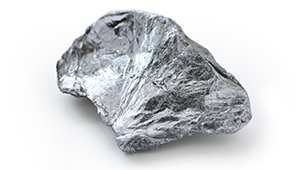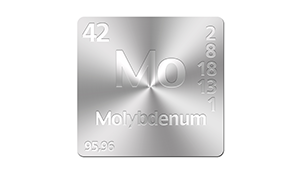
In 2013, CuMoCo established an Idaho-based corporation named Idaho CuMo Mining Corporation (ICMC). In January 2023 the company name was changed to Idaho Copper Corporation (IDCU) The Idaho-based team is credited with successfully moving the Project through the Supplemental Environmental Assessment that concluded in October 2015 with a Finding of No Significant Impact and Decision Notice issued by the U.S. Forest Service.
As the CuMo Project moves forward, having Idaho-based operations and leadership will provide greater access to relevant agencies and help to build state, local and community relationships. The ongoing engagement of Idaho professionals, local labor, geologists, and mining industry experts confirms ICMC’s commitment to Idaho and Boise County.
The CuMo exploration team maintains best management practices with respect to groundwater, hydrogeology and environmental protection in conducting its federally approved activities on private and public lands.
The Project region, Southern Idaho, is rooted in mining history and natural resource economies. A recent survey by Boise State University highlighted the overwhelming support of Idahoans for responsible mining with 80.4 percent of respondents affirming their belief that mining can be conducted without negatively impacting the environment. Local, state and federal governments have shown great interest in and are formally declaring their support for the CuMo Project. Furthermore, a shift to pro-development policies within federal agencies has created momentum for strategic minerals projects.
IDAHO COPPER CORPORATION LEADERSHIP
Andrew Brodkey
Andrew brings 30+ years of experience in the mining industry as a CEO, and in senior legal and business development roles with major mining houses and junior companies. He is a mining engineer and lawyer, and started his career in the industry as VP, General Counsel with Magma Copper Co. (NYSE-traded spin off from Newmont Mining) and later as VP, Business Development for BHP Copper after the friendly merger with BHP Billiton, the world’s largest mining enterprise.
Steven Rudofsky
Steven began his career at Glencore, the world’s largest trader of minerals and metals. He subsequently served as Managing Director of TransCanada Pipeline Europe Ltd (now TC Energy Corp) and held a senior position at Credit Agricole CIB. He is a principal of Talex Commodities Capital Ltd, a boutique merchant bank focused on mining and natural resources. He is a graduate of Clark University and Emory University School of Law and is a member of the New York Bar.
Robert Scannell
Robert is the founder of Tradewinds Investment Management LP, a hedge fund focused on emerging markets and natural resources. He has served as a director of numerous public and private companies and previously held roles in institutional sales at Merrill Lynch & Co. He holds a BA & MBA from Penn State University, a JD from Purdue University, and is a Chartered Financial Analyst.
John R. Moeller, PhD
Dr. Moeller’s 35 year career in private consulting, state government, and the university setting provides a broad perspective into planning, permitting, design, implementation, public outreach, and compliance. His strong understanding of and practical approach to rules, regulations, and organizational structures routinely leads clients to call upon him to negotiate permits and compliance issues with agencies.
Technical advisers to Management
Shaun Dykes, M. Sc.(Eng.), P.Geo
Shaun M. Dykes, M.Sc. (Eng.), P. Geo was Mosquito’s Exploration Manager from 1995 until 2011, during which tenure he played a key and leading role in the acquisition and development of Mosquito’s principal mining properties: CuMo, Pine Tree, Spring Creek, Trikay and Blackpoint. He has been successful at combining the two disciplines of geological exploration and computer data processing into a powerful mineral property identification, evaluation and development tool.





